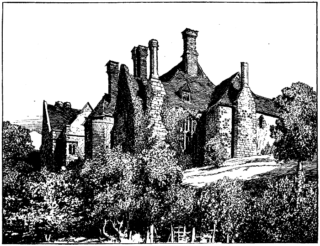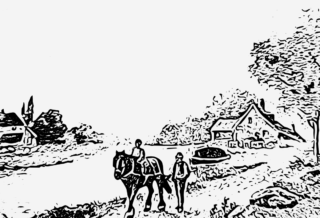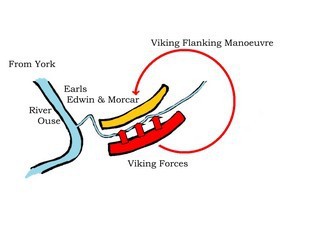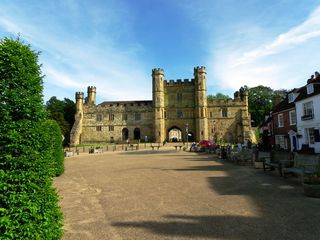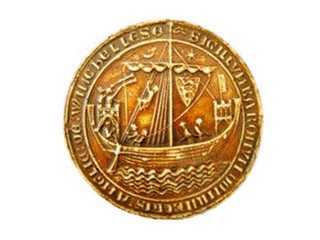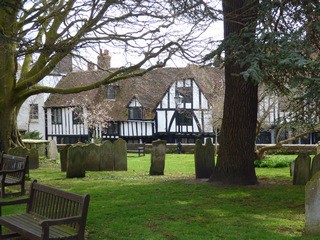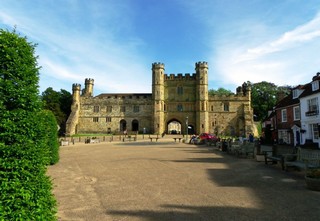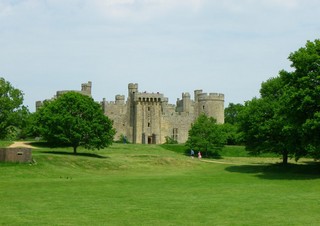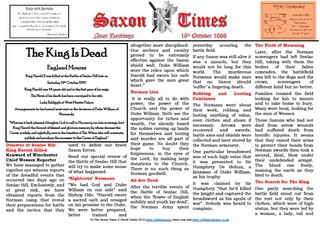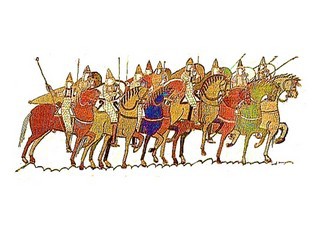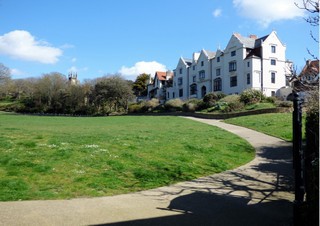About me...
David lives in St Leonards on Sea, East Sussex and walks, talks and writes about walking, local history and all things 1066.
He considers his membership of CAMRA, The Inn Sign Society, The Ramblers and the Long Distance Walkers Association to be a perfect match for walking and is the author and creator of 1066 Harold’s Way, a 100 mile long distance walk inspired by King Harold’s epic march to the Battle of Hastings, 1066.
His book list includes 1066 The Saxon Times, 1066 Harold’s Way, Walking the High Weald and a series of Short Walks in 1066 Country details of which can be found on his website www.1066haroldsway.co.uk
About my Talks...
David is an experienced and anecdotal speaker who will bring the history, walks and talks to life, whether it is a school talk, club meeting or group event.
Fee:
Talks will be tailored to meet your needs and fees, dates and presentation details will be discussed on enquiry.



